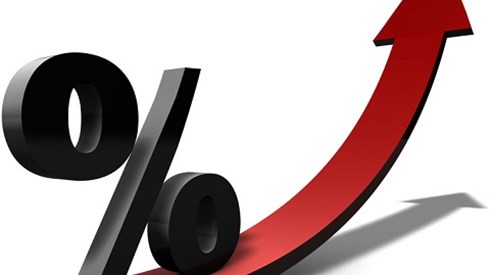ILS Market Overcame Catastrophe Challenges during Record-Setting 2021

February 09, 2022

Despite a challenging year for catastrophe losses, the insurance-linked securities (ILS) market broke its record for annual new issuance once again in 2021, according to a new report from Swiss Re.
Swiss Re's latest Insurance-Linked Securities Market Insights report (Volume XXXVI, February 2022) suggests that the ILS market continued to demonstrate its resilience in 2021 with bonds issued in every month except August. Some $13 billion in new bonds came to market during the year, the report says.
Particularly encouraging, Swiss Re says, was the number of new sponsors and environmental, social, and governance (ESG) developments in the ILS asset class.
The report notes that it has become more common for ILS bonds to include ESG disclosures, adding, "We believe this is the start of a very positive journey for the growth of the asset class."
While the ILS market broke records in 2021, growth and pricing trends have not been uniform across perils, structures, and sponsors, the report says. Swiss Re notes that pricing has tightened considerably for well-understood risks such as California earthquake, while ILS involving high-frequency and harder-to-model secondary perils like thunderstorm and wildfire saw price increases and smaller deal sizes.
"This is a sign of a mature and well-functioning market to see such divergence in deal execution both from a pricing and structure perspective," the Swiss Re report says.
Throughout 2021, the ILS market represented relative value compared to the credit markets, Swiss Re says. Along with providing a diversifying asset in investors' portfolio, that value helped cement the place for ILS in fixed-income portfolios.
Both halves of 2021 set new issuance records, according to the report, with the year's ultimate issuance total topping 2020's previous record by nearly $1.5 billion.
The year's record new issuance volume also contributed to the growth of the overall ILS market. The outstanding volume in the market stood at $33.8 billion, Swiss Re says, with new issuance outpacing scheduled ILS maturities for the second straight year.
Of the new sponsors who brought ILS to market, one came to market twice in 2021, bringing issues to market in each half of the year, Swiss Re reports. "This demonstrates how the catastrophe bond market is an attractive and effective source of alternative capital to insurers, reinsurers, and other sponsors alike," the report says.
The government of Jamaica became the first government in the Caribbean region as well as the first small island state anywhere to independently sponsor a catastrophe (CAT) bond in 2021, according to Swiss Re. Jamaica's CAT bond provides the country with accelerated economic relief of up to $185 million if Jamaica is hit by a tropical cyclone meeting defined parametric minimum central pressure thresholds.
The risk period on Jamaica's catastrophe bond provides coverage until December 2023, and it includes an innovative reporting feature that allows an expedited event calculation and payout, Swiss Re says.
While previous parametric hurricane catastrophe bonds relied on the US National Hurricane Center's publication of its Tropical Cyclone Report, that report is typically published several months after the end of each Atlantic hurricane season, Swiss Re says. Jamaica's government decided that waiting months for the report to calculate a payout defeated the bond's purpose of providing additional financial resources quickly to finance emergency relief and recovery costs. In response, Swiss Re Capital Markets introduced the National Hurricane Center's Automated Tropical Cyclone Forecast as an alternative data source, which offered the availability of event parameters in near real time, Swiss Re says. The result was a reduction of the payout timeline from months to weeks.
The Swiss Re report says the ILS secondary market continued to demonstrate its liquidity throughout 2021 for both buyers and sellers. The report notes that the ILS market had previously demonstrated its reliability in the face of liquidity events with its response to the COVID-19 pandemic in 2020.
Other factors prompted investors to look to the ILS secondary market in 2021, according to Swiss Re. "A slower start to the new issuance pipeline left investors with an opportunistic secondary market to turn to as newly raised capital was allocated to catastrophe bond strategies," the report says.
The greatest volume of secondary ILS trading occurred in May and June, with the last 2 months of 2021 also showing heightened activity, Swiss Re reports.
The average trading price for catastrophe bonds trended downward during the year, the report says. The fourth quarter of 2021 saw some "distressed trading" from bonds exposed to losses after events like Hurricane Ida, "but the losses were bearable by a robust market that has continued to grow and actively trade," Swiss Re says.
Over the 2 years since 2020, the collection of perils in the catastrophe bond market has remained a relatively constant mix of diversified risks from which investors could choose, the report says.
Events over the past 5 years have cast a spotlight on multiperil aggregate bonds, the Swiss Re report says. "In recent years, a large number of events that contributed to losses have been wildfires, severe thunderstorms, convective storms, and other secondary perils," the report says. "These types of perils are generally considered harder to model accurately and are believed to be more impacted by climate change than primary perils."
February 09, 2022




